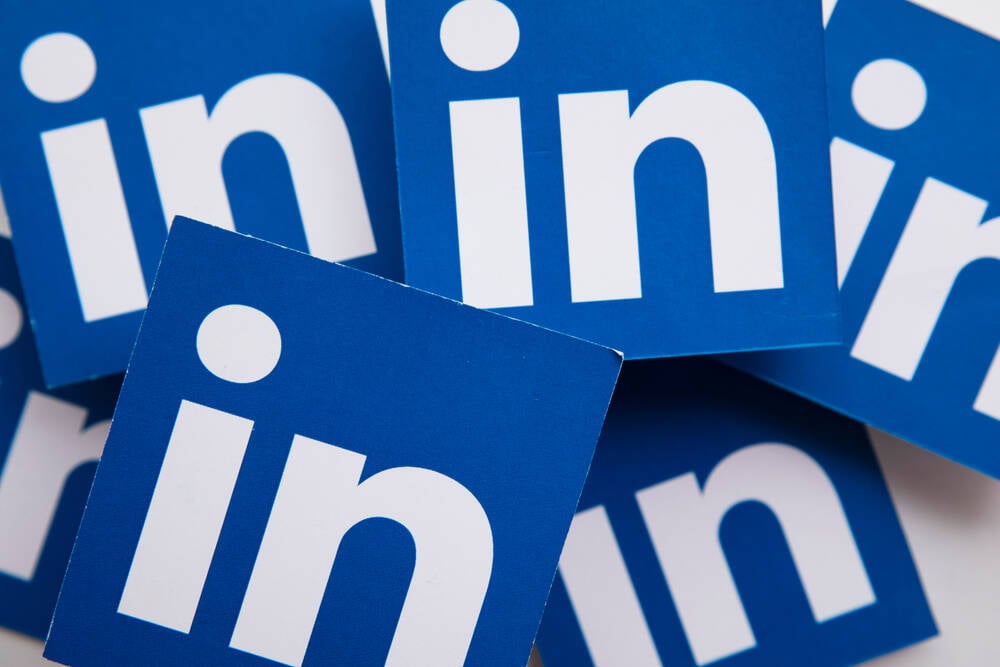Tech
LinkedIn scraping user content for its AI without asking

LinkedIn started harvesting user-generated content to train its AI without asking for permission, angering netizens.
Microsoft’s self-help network on Wednesday published a “trust and safety” update in which senior veep and general counsel Blake Lawit revealed LinkedIn’s use of people’s posts and other data for both training and using its generative AI features.
In doing so, he said the site’s privacy policy had been updated. We note this policy links to an FAQ that was updated sometime last week also confirming the automatic collecting of posts for training – meaning it appears LinkedIn started gathering up content for its AI models, and opting in users, well before Lawit’s post and the updated privacy policy advised of the changes today.
The FAQ says the site’s built-in generative AI features may use your personal info to do things like automatically suggest stuff to write if and when you ask it to; and that your data will be used to train the models behind those features, which you’ll have to opt out of if you don’t like it.
We’re also told that using LinkedIn means the outfit will “collect and use (or process) data about your use of the platform, including personal data … your posts and articles, how frequently you use LinkedIn, your language preference, and any feedback you may have provided to our teams.”
There’s some good news for users in the EU, Iceland, Norway, Liechtenstein (both of them!) and Switzerland as their data isn’t being used to train LinkedIn’s AI at all and won’t for the foreseeable future.
The document also states that LinkedIn seeks “to minimize personal data in the datasets used to train the models, including by using privacy enhancing technologies to redact or remove personal data from the training dataset.”
But the FAQ also contains the following warning that the system may provide someone else’s info if asked in a certain way:
The Microsoft social media outfit also last week emitted an article titled: “Control whether LinkedIn uses your data to train generative AI models that are used for content creation on LinkedIn.” That text explains how it’s possible to opt out of AI scraping, and points to setting called Data for Generative AI Improvement that offers a single button marked: “Use my data for training content creation AI models.”
That button is in the “On” position until users move it to “Off.”
Big Tech has mostly used a ‘scrape first, settle the lawsuits for a pittance later’ approach to finding the content it needs to develop AI models. Forget about the concept of begging for forgiveness rather than asking for permission – neither question is asked at all.
LinkedIn could not have been unaware of the likely backlash, making its approach curious.
User anger cannot therefore be surprising. On LinkedIn it’s not hard to find the service’s move described as a breach of trust, along with a rash of posts advising users how to turn off the scraping.
Which thankfully isn’t hard to do: Click on your LinkedIn Profile, select “Settings” then “Data Privacy” and look for an item labelled “Data for Generative AI improvement.” Click the single button there to opt out, then go back to wading through the rest of LinkedIn. ®








